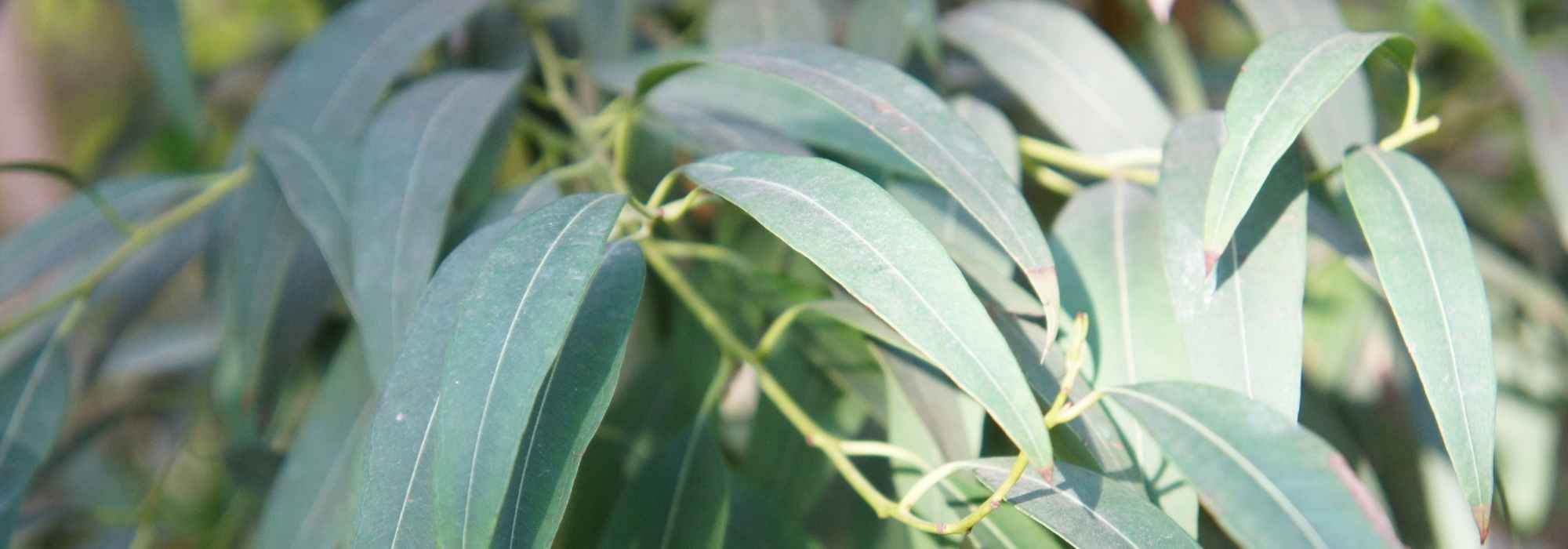
Choosing an eucalyptus
Our tips for making the right choice!
Contents
Eucalyptus is a tree or bush with evergreen, highly aromatic foliage and a graceful silhouette. It is highly valued for the beauty of its blue leaves in the Eucalyptus gunii, as well as its glossy green or silver-grey foliage. Its juvenile foliage, which is quite round, is widely used in floral arrangements. There are over 600 species of eucalyptus! In the garden, it should be chosen based on soil preference (moist, dry, calcareous, acidic), hardiness, as well as its height ranging from 60 cm to several dozen metres, its flowering period, or its intended use.
Here are our tips for choosing it according to your requirements!
→ Discover our wide range of Eucalyptus
According to height
Eucalyptus can either be small bushes ranging from 2 to 10 m in height or true trees that can reach up to 30 m in our gardens, particularly E. globulus. Their growth is generally very rapid. They can be kept to more modest proportions with appropriate pruning. Some with more moderate growth are well-suited for pot cultivation or small spaces.
The Large Eucalyptus
They are spectacular for dressing large spaces, whether in a grand curtain, in groups, or as solitary specimens.
- ‘Eucalyptus gunnii is a broadly columnar tree that can reach 20 m in height in our gardens.
- Eucalyptus gunnii ‘Azura’ is a new variety of cider gum that will reach approximately 10 m in height with a spread of 2 m if not pruned.
The “Intermediate” Varieties
- Eucalyptus niphophila will reach 6 to 8 m in height with a spread of 6 m at maturity.
The Small Varieties for Pot Cultivation or Small Gardens
- Eucalyptus gunnii ‘France Bleu Rengun’ barely exceeds 2 m in height with a width of 1 m when mature.
- Eucalyptus gunnii ‘Baby Blue’ is a dwarf form that reaches 2.50 m in height with a spread of 1.50 m to 2 m.
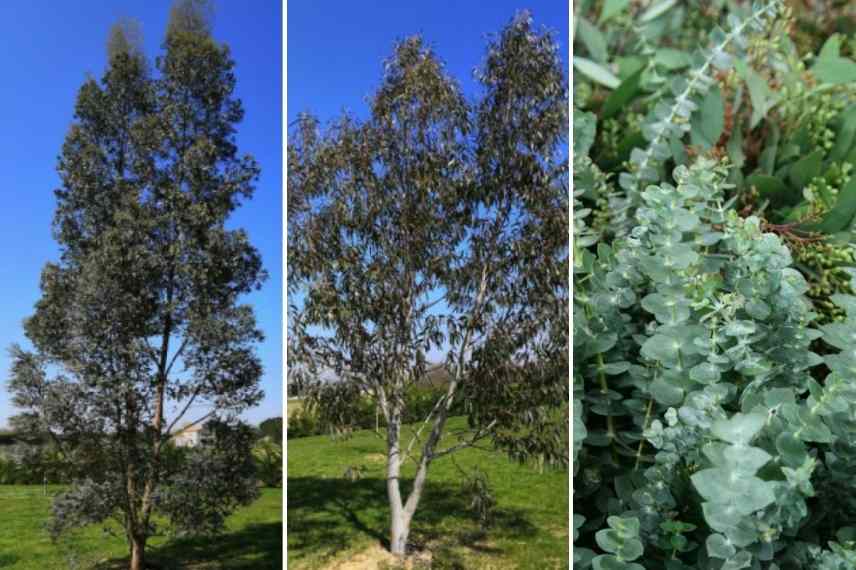
Eucalyptus gunnii ‘Azura’, Eucalyptus niphophila, and Eucalyptus gunnii ‘Baby Blue’
Read also
Eucalyptus: planting, pruning and careAccording to hardiness
In Eucalyptus, the hardiness of species is quite variable. While they have acclimatised in our gardens where the cold is mild and short-lived, benefiting from mild winters, some varieties are notably hardy under optimal growing conditions (good location, good drainage) and can be planted in all our regions, even the most rigorous. Most of the varieties offered are selected for their frost resistance.
The Hardiest Eucalyptus
- ‘Eucalyptus niphophila’ or Snow Gum is undoubtedly one of the most cold-resistant, tolerating down to -18 to -20°C in well-drained soil, and is not afraid of snow.
- ‘Eucalyptus gunnii ‘Azura’ stands out for its hardiness down to -15°C.
- E. parviflora is a hardy species that tolerates snowy winters and cold down to -18/-20°C: probably the best for our French gardens, regardless of the region.
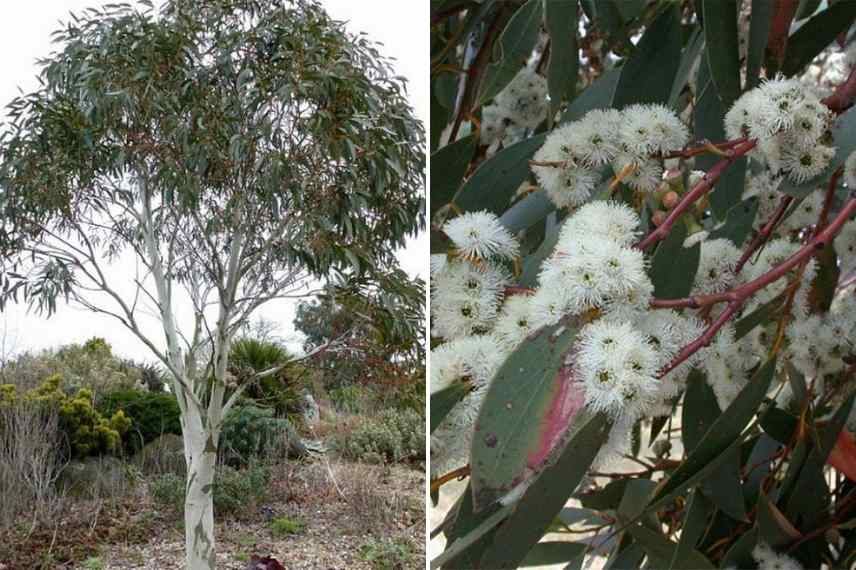
Among the hardiest: Eucalyptus niphophila and Eucalyptus parviflora
The Most Tender Varieties
Dwarf cultivars like Eucalyptus pulverulenta ‘Baby Blue’ or gunnii ‘France Bleu Rengun’ only withstand light and short-lived frosts (down to -10°C), but they can be brought indoors to a bright, cool room for maximum frost protection. The Eucalyptus deglupta, known as the “Rainbow Tree”, is best reserved for frost-free winters.
→ Find our advice sheet to choose an Eucalyptus suitable for your region
Discover other Eucalyptus
View all →Available in 1 sizes
Available in 1 sizes
Available in 1 sizes
Available in 1 sizes
Available in 1 sizes
Available in 1 sizes
Available in 1 sizes
Available in 2 sizes
Available in 1 sizes
Available in 1 sizes
According to the colour of the foliage
Eucalyptus are attractive with their evergreen foliage, often blue-grey, although they offer other shades of green!
- Blue-greys: Eucalyptus gunnii, (‘Azura’, ‘France Bleu Rengu’, ‘Silverana’) all have a very bright silver-blue hue.
- Blues: The Eucalyptus gunnii ‘Baby Blue’ features very blue foliage.
- Uniform greens: The Eucalyptus niphophila bears long green leaves that grey over time, while Eucalyptus parviflora displays beautiful olive-green foliage.
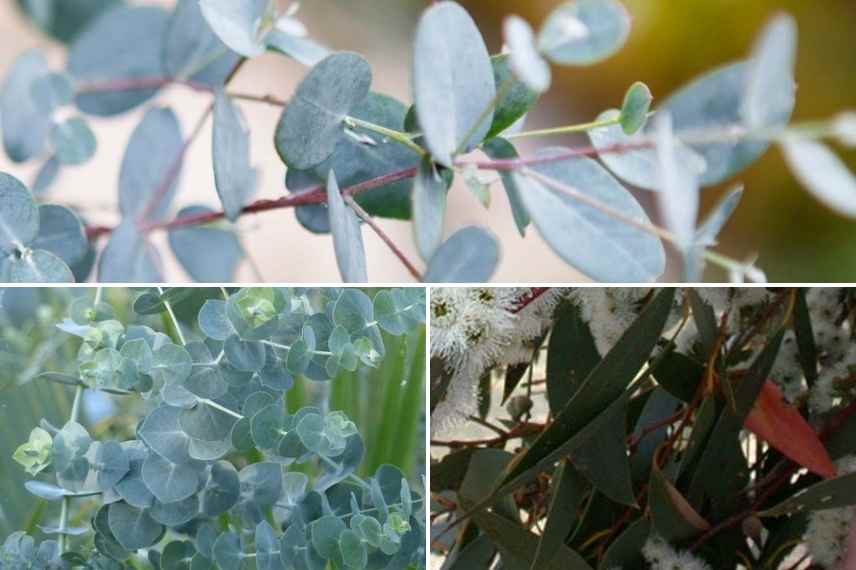
Eucalyptus gunnii ‘Silverana’ (top), Eucalyptus gunnii ‘Baby Blue’ and Eucalyptus parviflora
According to its silhouette
The majority of Eucalyptus have a naturally conical habit, with numerous branching from the base of the trunk. Like all mallees from Australia, they form a beautiful, dense bush. The E. parviflora and Eucalyptus niphophila are distinguished by their twisted trunks topped with a bushy crown that sometimes droops to the ground.
According to the beauty of the bark
We also appreciate Eucalyptus for the beauty of their coloured bark that exfoliates in long strips, revealing lovely shades over time.
- Eucalyptus niphophila reveals a remarkable bark, taking on the appearance of a white-cream, grey, and brown-red patchwork as it ages.
- The bark of E. parviflora exfoliates, revealing lovely shades of grey, light brown, and mahogany to orange tones.
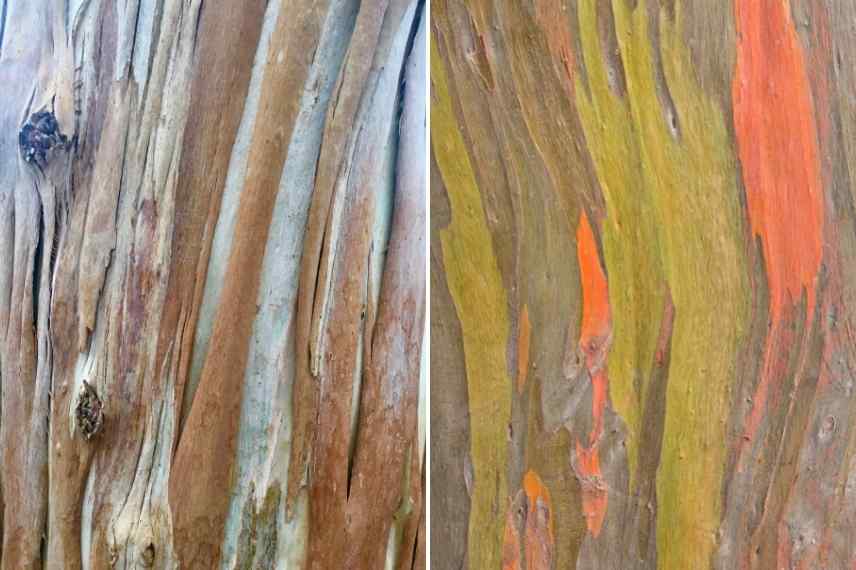 The amazing barks of Eucalyptus…
The amazing barks of Eucalyptus…
According to the flowering period
The flowering period is extremely variable depending on the species; it may sometimes be absent in our climates, as seen with Eucalyptus gunnii, and can occur either in summer or winter, or throughout the year. Flowers only appear on plants aged 3 or 4 years. They emerge as small, discreet pom-poms and contribute to the tree’s appeal, especially when they attract numerous insects. This flowering is followed by the formation of large, decorative capsule fruits, which are also highly valued in floral art.
- The E. parviflora delights us in warm climates with its delicate cream-white flowering from late summer to autumn, or even until the onset of winter.
- Eucalyptus pauciflora ssp. Niphophila and the ‘Baby Blue’ eucalyptus bloom between May and June.
- Eucalyptus niphophila produces a relatively abundant spring flowering of white pom-poms, quite plentiful.
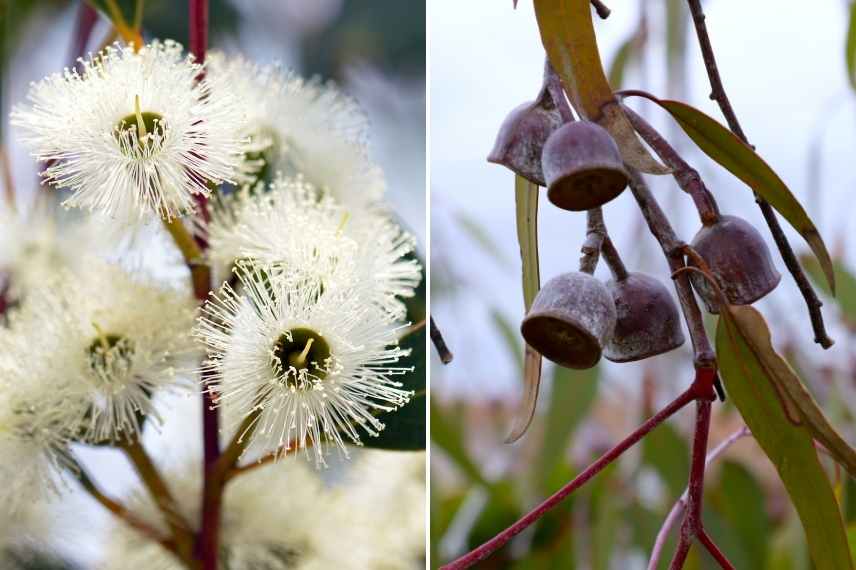
Eucalyptus: flowering and fruits
Depending on the nature of your soil
In terms of soil nature, the preferences of Eucalyptus vary from one species to another. While most thrive in well-drained, cool, slightly acidic soil, a few tolerate calcareous and somewhat drier soils.
- L’Eucalyptus gunnii adapts to soils that are not too calcareous, and the Silver Gum (Eucalyptus cinerea) also tolerates it.
- In contrast, the Eucalyptus niphophila prefers soils without excessive lime but copes better with summer drought and occasionally dry soils.
To make bouquets
Young eucalyptus trees have round leaves, which become lanceolate as they mature. This is one of the characteristics of Eucalyptus. Frequent pruning helps maintain a juvenile foliage that is appreciated in floral art.
- The Eucalyptus gunnii ‘Baby Blue’ is the one you need for creating bouquets, although all eucalyptus leaves are quite graphic in a vase! It has been selected for floristry because it retains its juvenile appearance throughout its life: small, round, blue leaves that are very aromatic when crushed.
- The foliage of Eucalyptus gunnii is also widely used in bouquet arrangements.
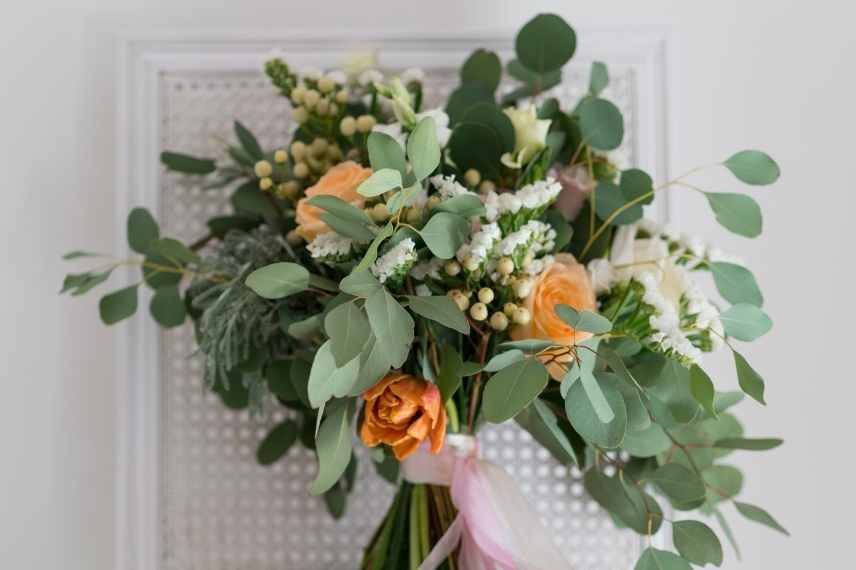
- Subscribe!
- Contents
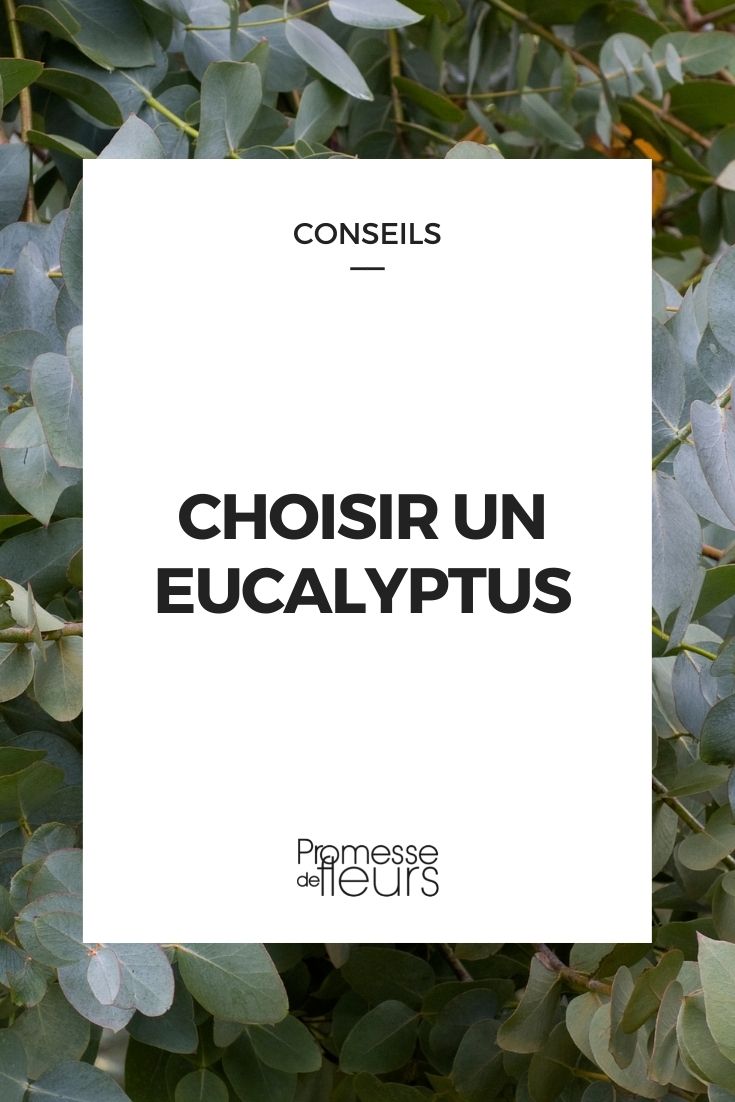































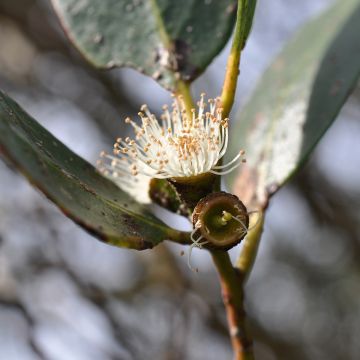
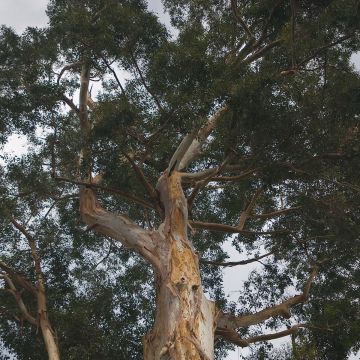
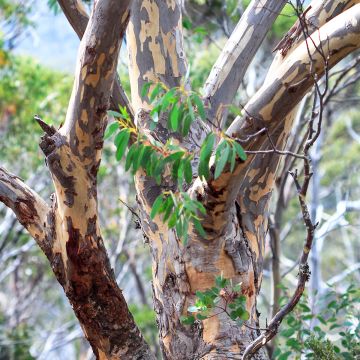
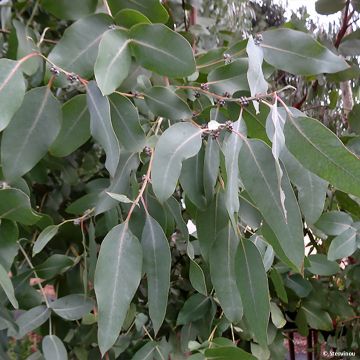
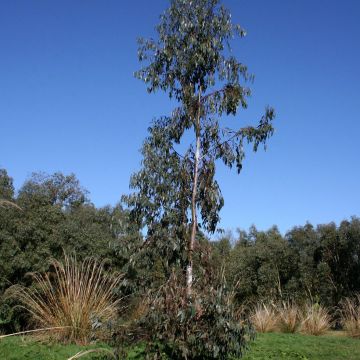
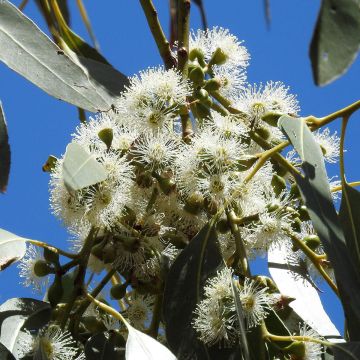
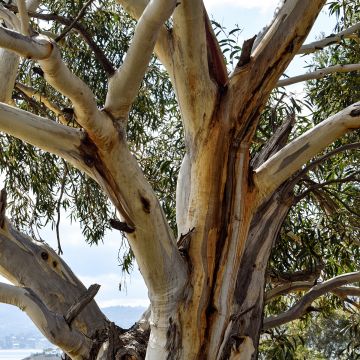
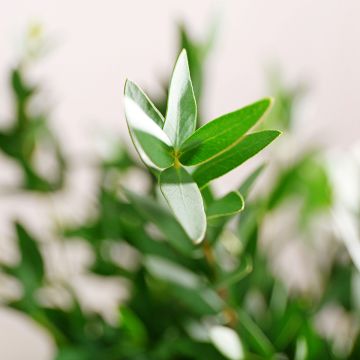
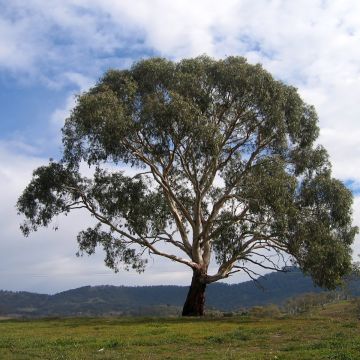
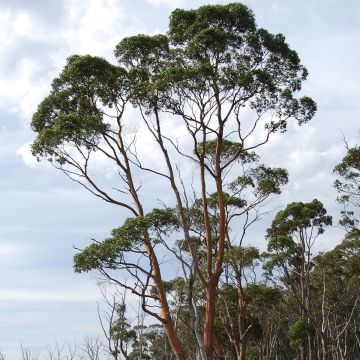
Comments